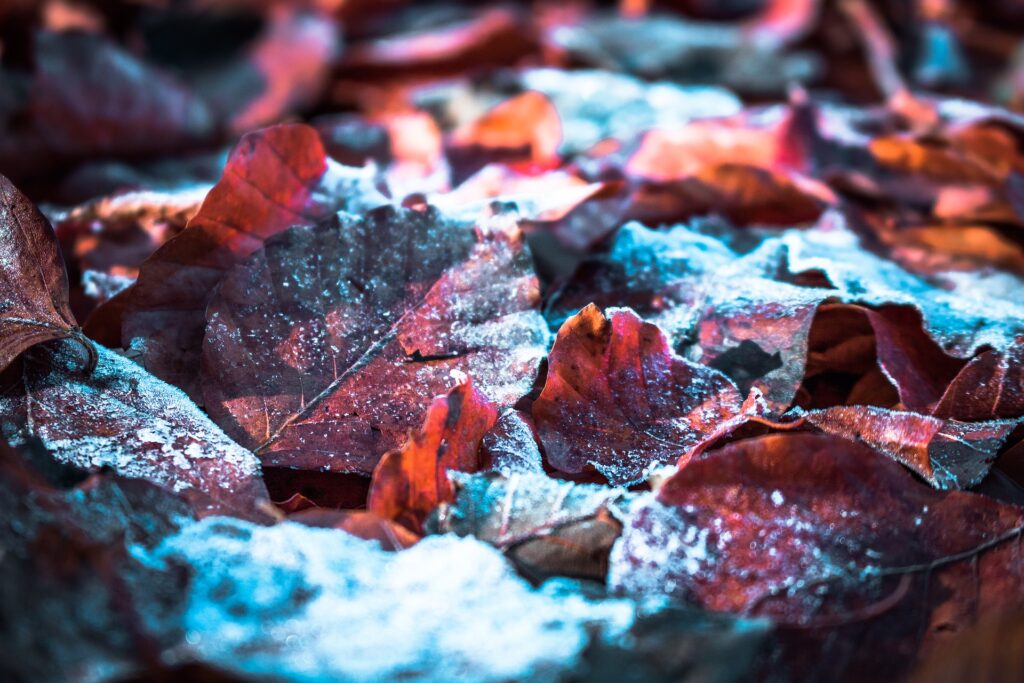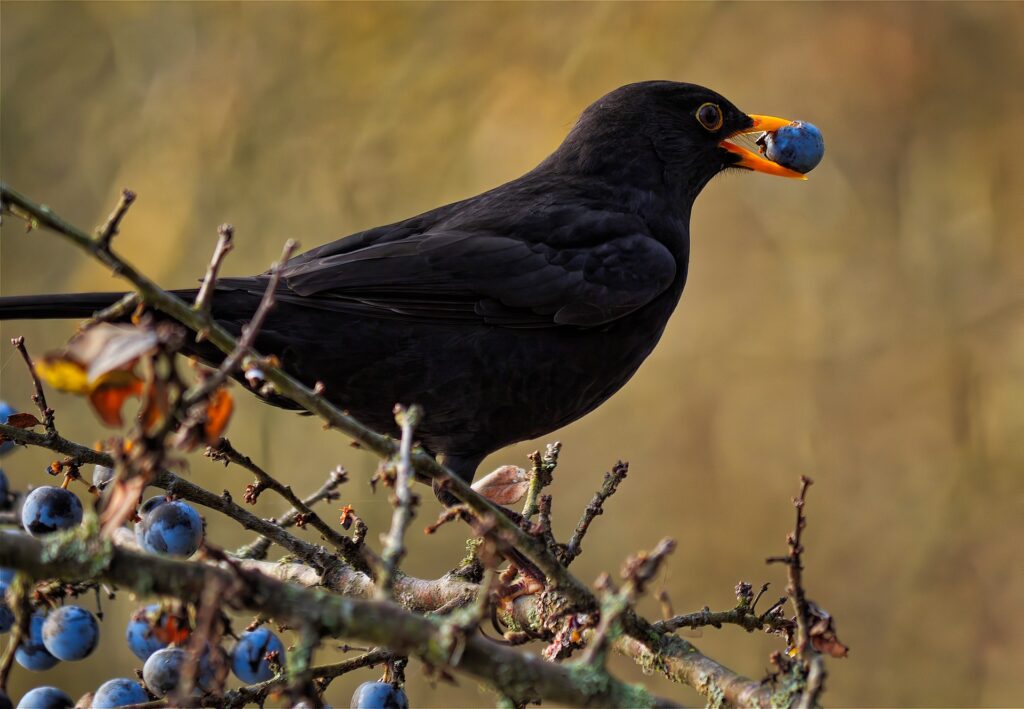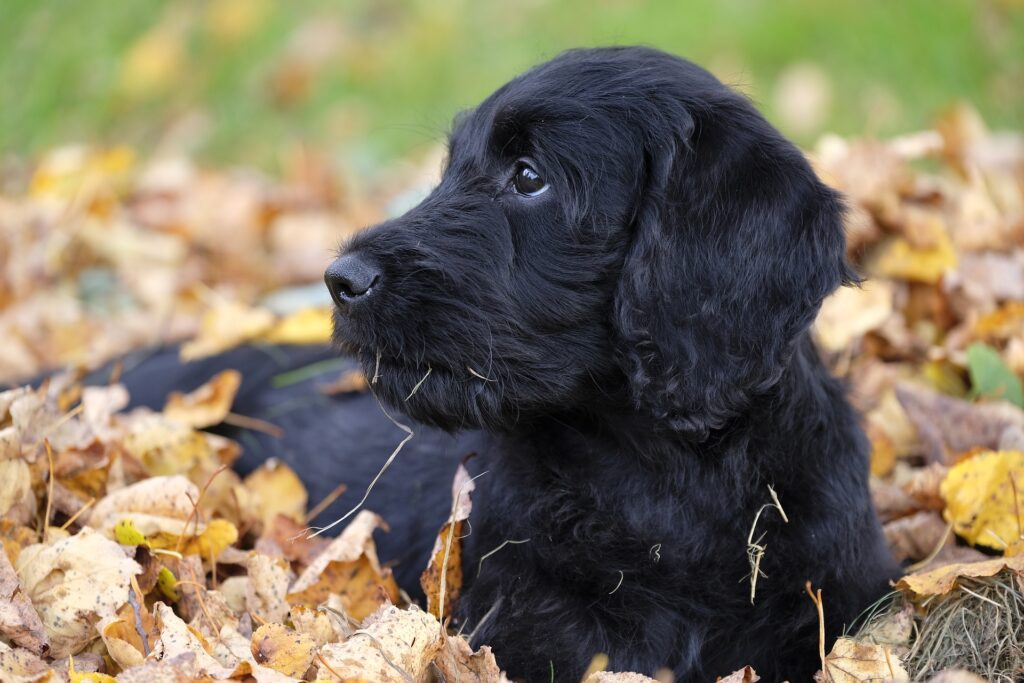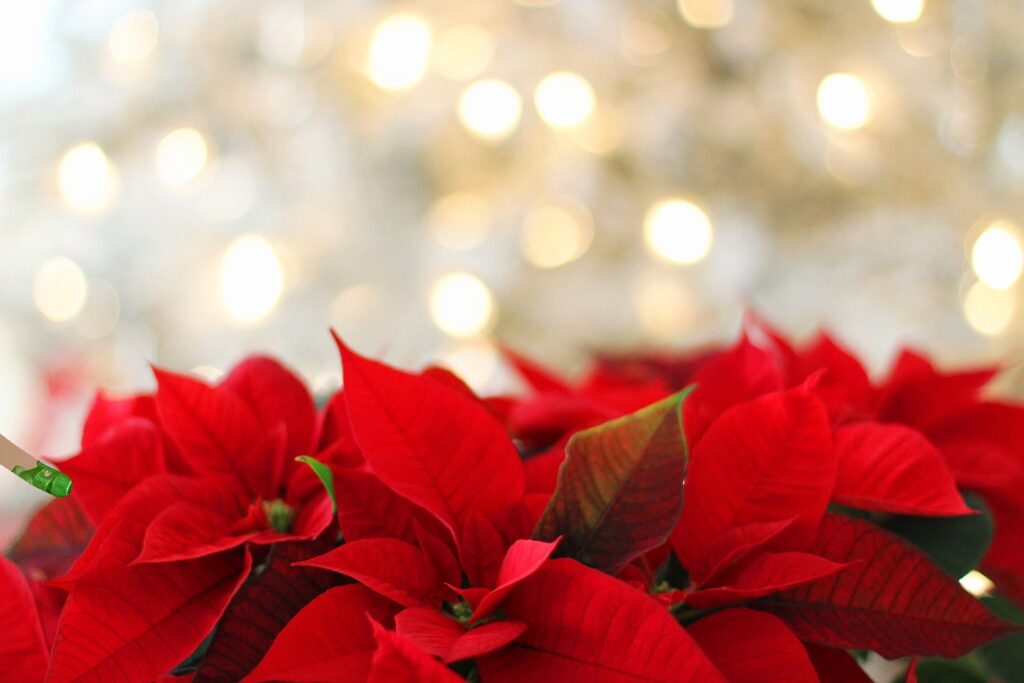
Celebrate National Poinsettia Day
1. National Poinsettia Day is December 12.
US Ambassador to Mexico James Poinsett brought the plant from Mexico to the US in the 1920’s. It has grown to become the most-loved holiday plant across America. Growers have cultivated it in hues of red, white, pink and variegated varieties.
2. Poinsettias Grow Wild in Mexico
There is a legend in Mexico about the transformation of the plant from a weed that grows wild in the countryside to the brilliant plant it is today. Red “flowers” are known as bracts.
3. Poinsettias are Easy to Care For Once you Do This
Have you struggled in the past with keeping this brilliant plant thriving during the busy season. You agonize as you walk through the door, dreading the fact that you will soon kill this tropical plant and feeling as if you will never be able to develop a green thumb? Follow these super-simple tips and you will be the impressing friends and family with your expertise in no time.
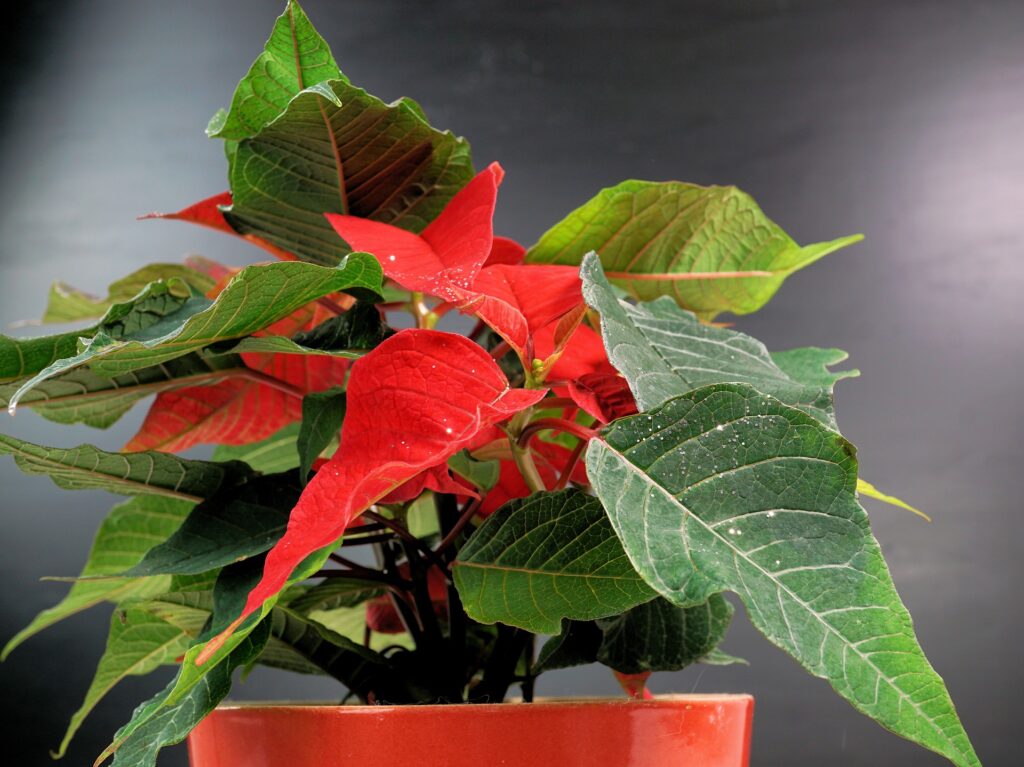
- start with when you are buying the plant- give yourself a break and take your time selecting the healthiest plant. Look for low bushy plants with strong stems and green leaves. Avoid this with yellow leaves or leaves that are curling along the edges
- if you can buy on a day when the temps are above 50 degrees F, you can avoid shocking the plant. Moving the plant from the greenhouse to your car and then to your house, even if the trip is under 15 minutes, is enough time to overexposure this tropical plant to harsh elements
- seller should provide a sleeve for protection, utilize it
- at home, display the plant in an area free from drafts but also away from drying heat; these plants like moderate temps
- natural light, not direct light, is preferred
- these plants do not need to be re-potted or fed
- over-watering is the leading cause of death for these sensitive beauties; the most effective technique is to add 4 or 5 large ice cubes to the soil when it is dry and crumbly but before it is hard and crusty to the touch (remember to have a green thumb you will have to get your hands dirty)
- don’t despair if your poinsettias wither, this means they are thirsty- follow the step above and you should be fine unless the plant has been withered for more than 2 days; it should bounce back except for a few dead leaves or bracts, which you should remove in order to allow the rest of the plant to fight its way back to health
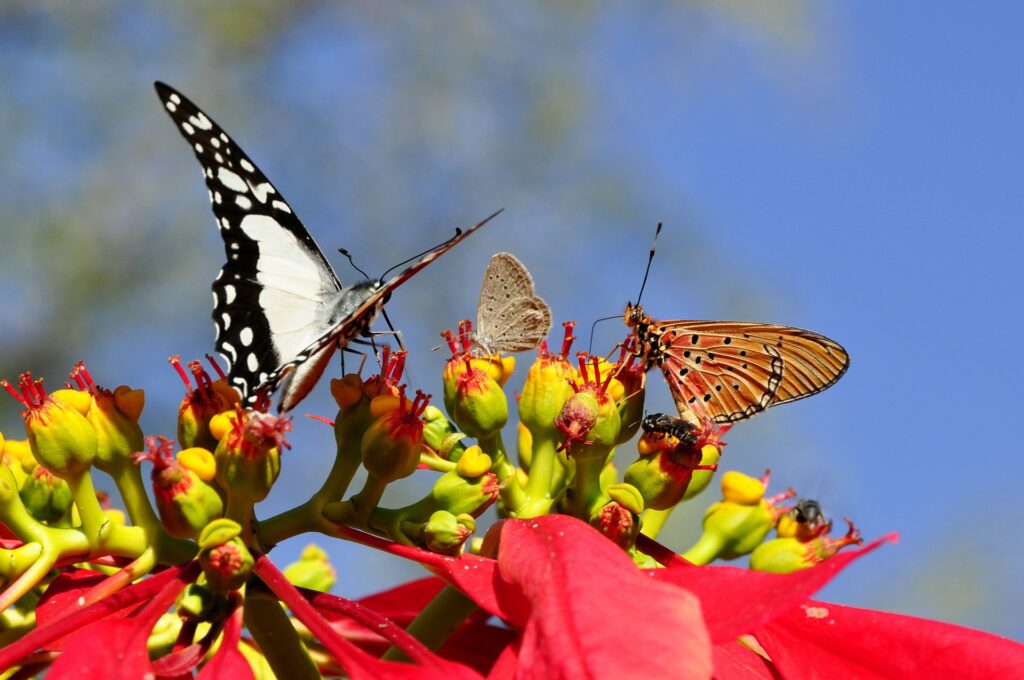
- at home, display the plant in an area free from drafts but also away from drying heat; these plants like moderate temps
- natural light, not direct light, is preferred
- these plants do not need to be re-potted or fed
- over-watering is the leading cause of death for these sensitive beauties; the most effective technique is to add 4 or 5 large ice cubes to the soil when it is dry and crumbly but before it is hard and crusty to the touch (remember to have a green thumb you will have to get your hands dirty)
- don’t despair if your poinsettias wither, this means they are thirsty- follow the step above and you should be fine unless the plant has been withered for more than 2 days; it should bounce back except for a few dead leaves or bracts, which you should remove in order to allow the rest of the plant to fight its way back to health
4. You Can Grow Your Own Poinsettias from Leaf Cuttings
Now that you have successfully shepherded your plant through the season, time to level-up. Ready to impress family, friends and your self with your cultivating abilities? Imagine the satisfaction you will feel taking cuttings from your poinsettia and growing a full-size plant for next season?
check out this slide show for step-by -step instructions for making this happen.
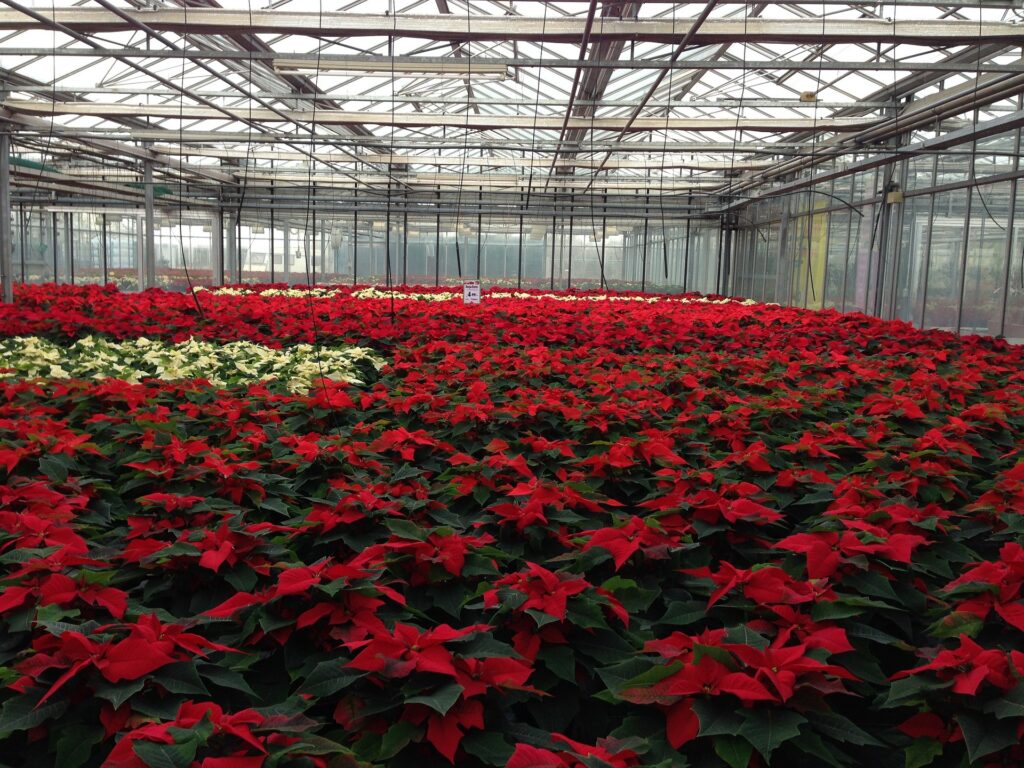
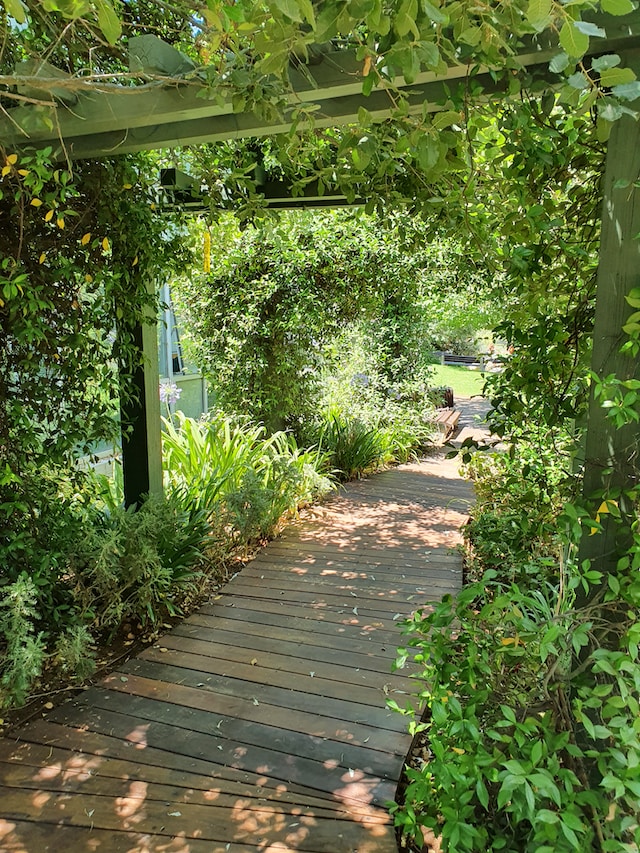
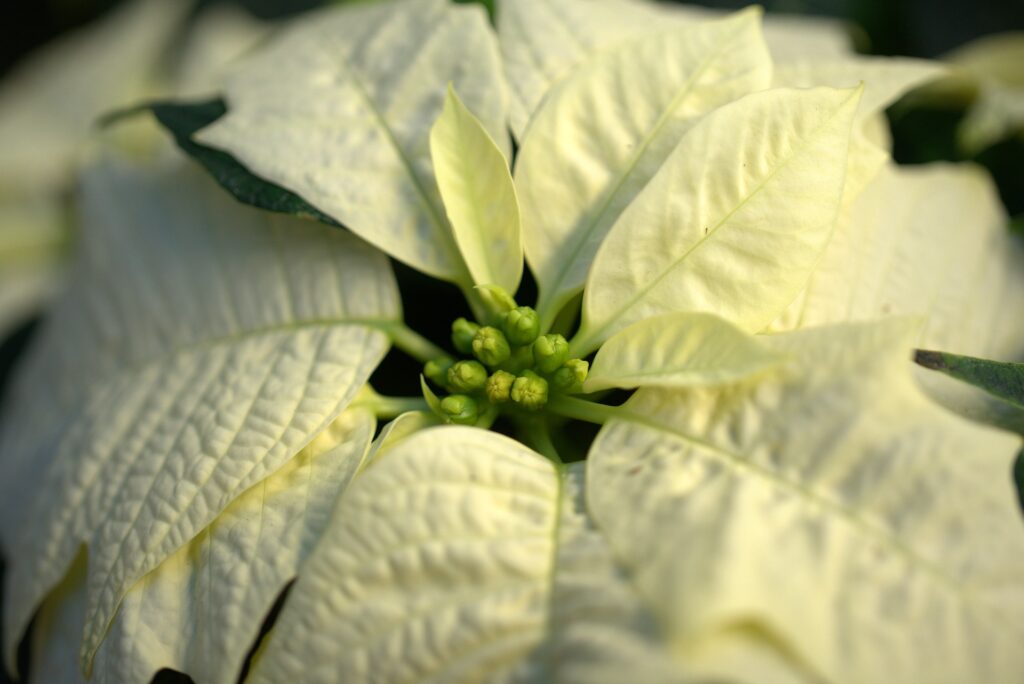

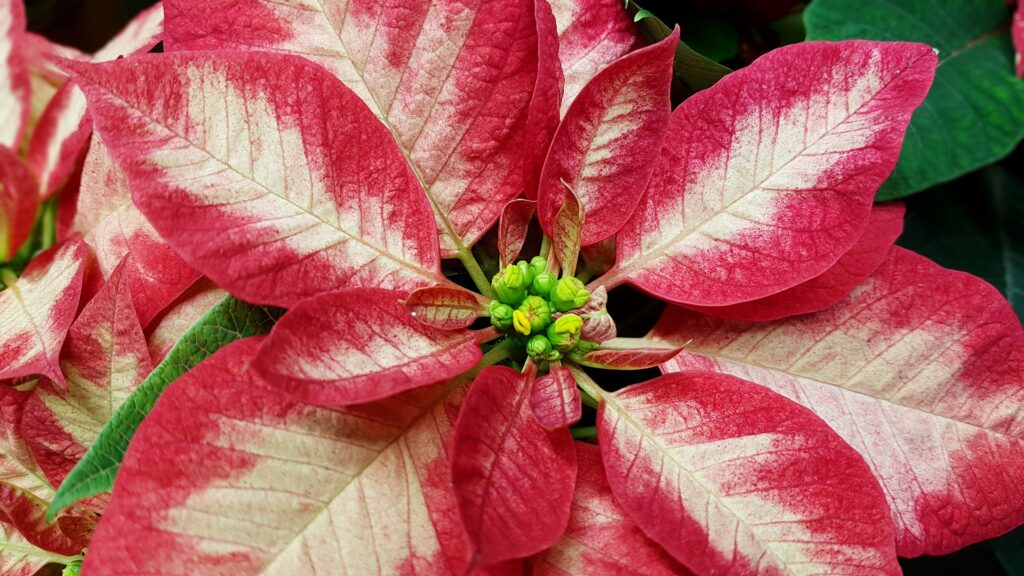
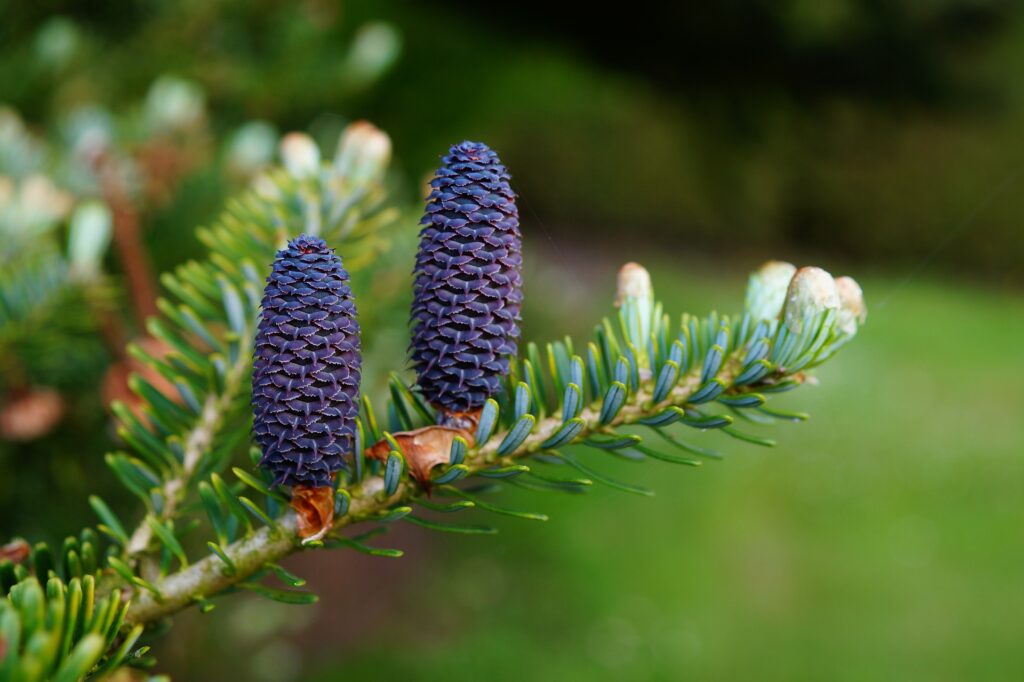

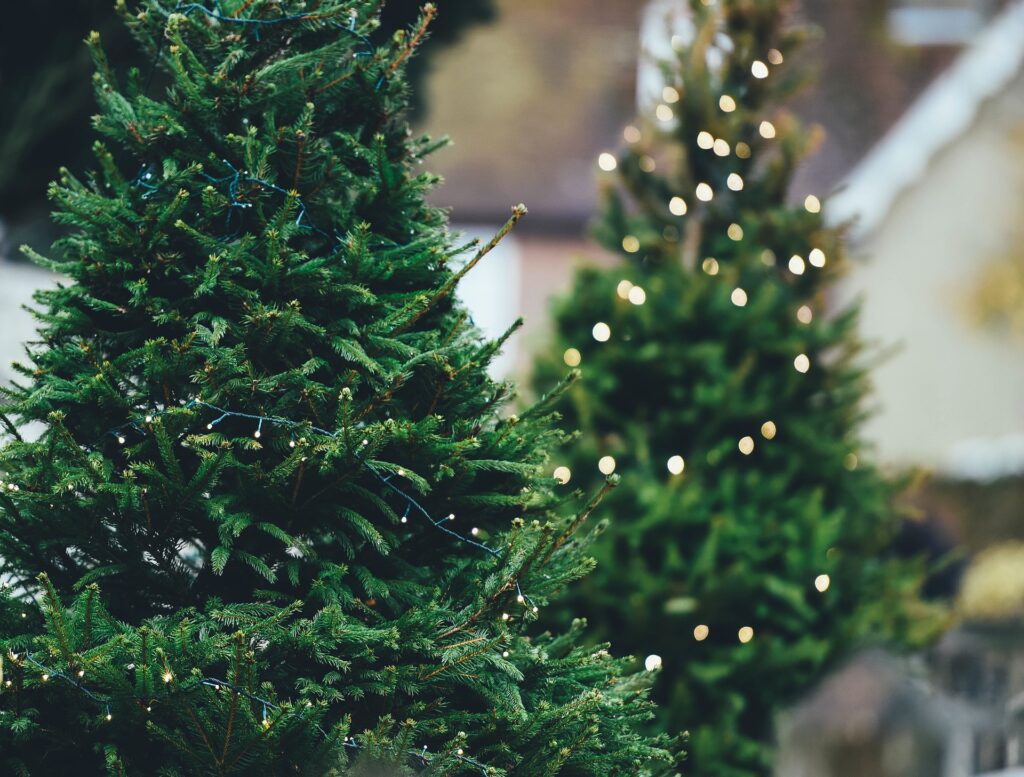

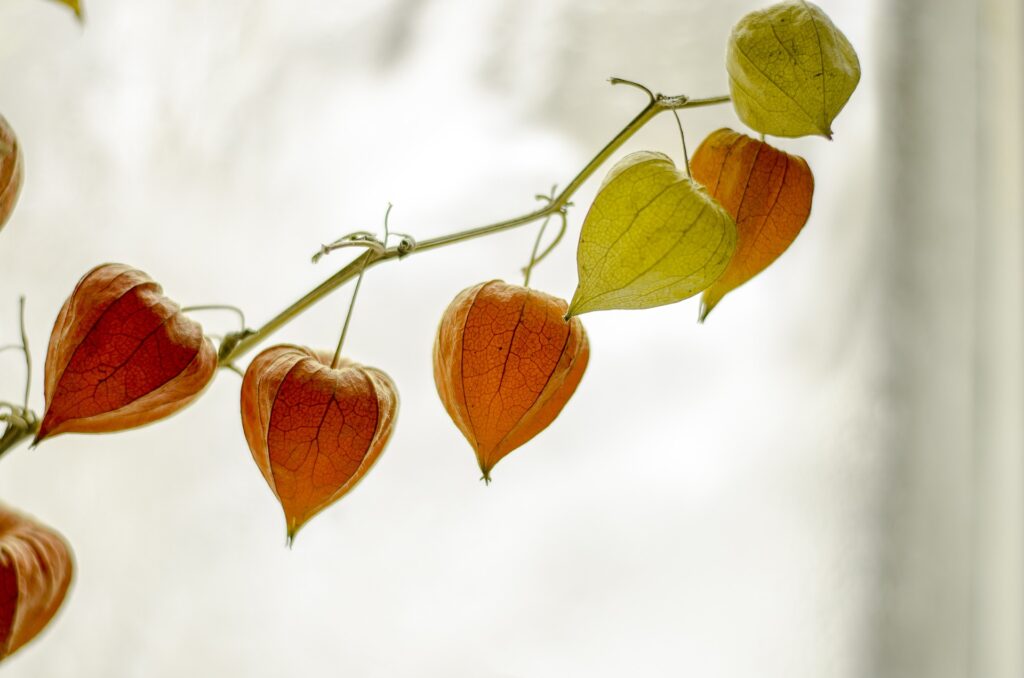

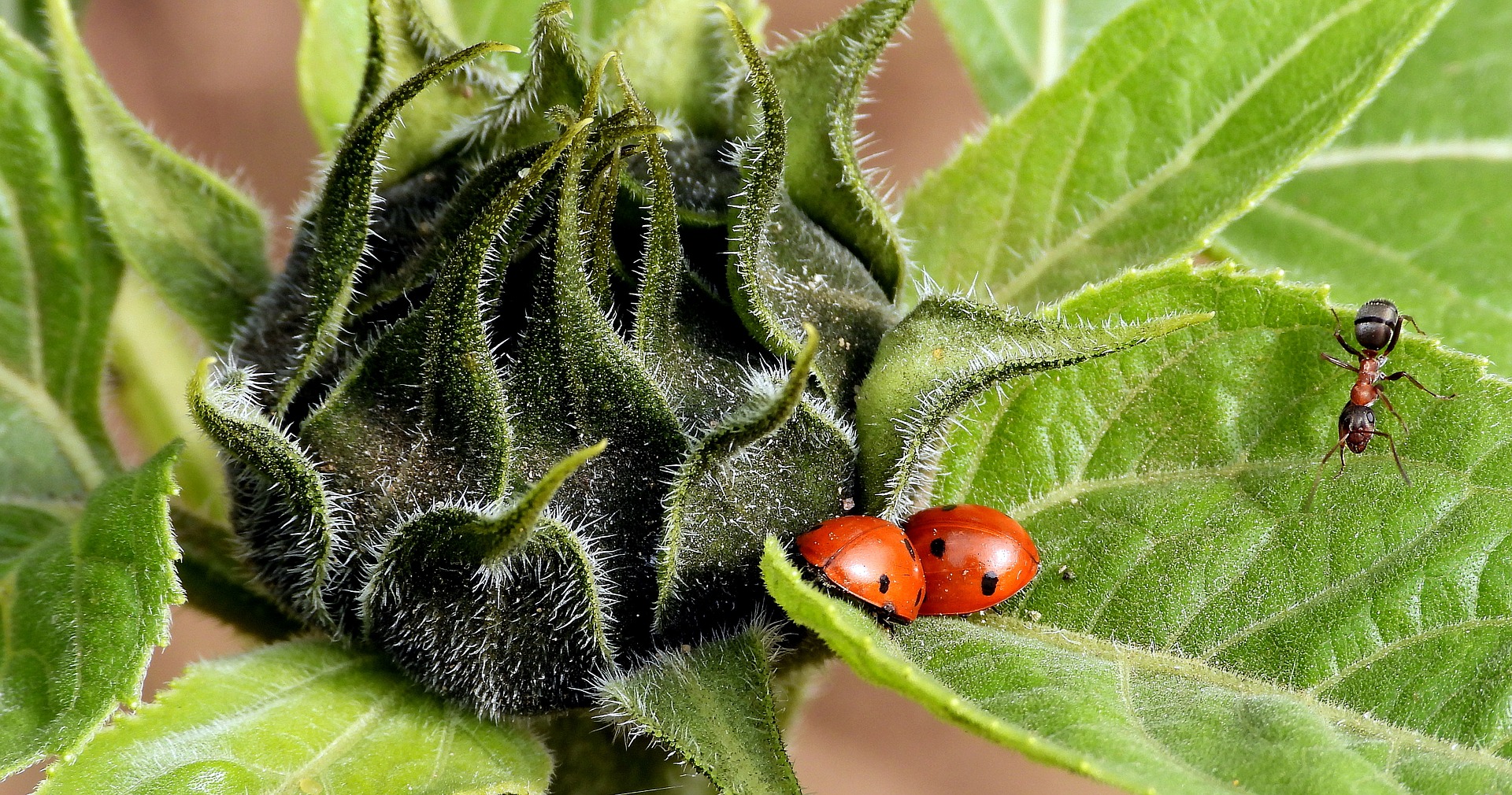 Encourage Beneficial Insects
Encourage Beneficial Insects